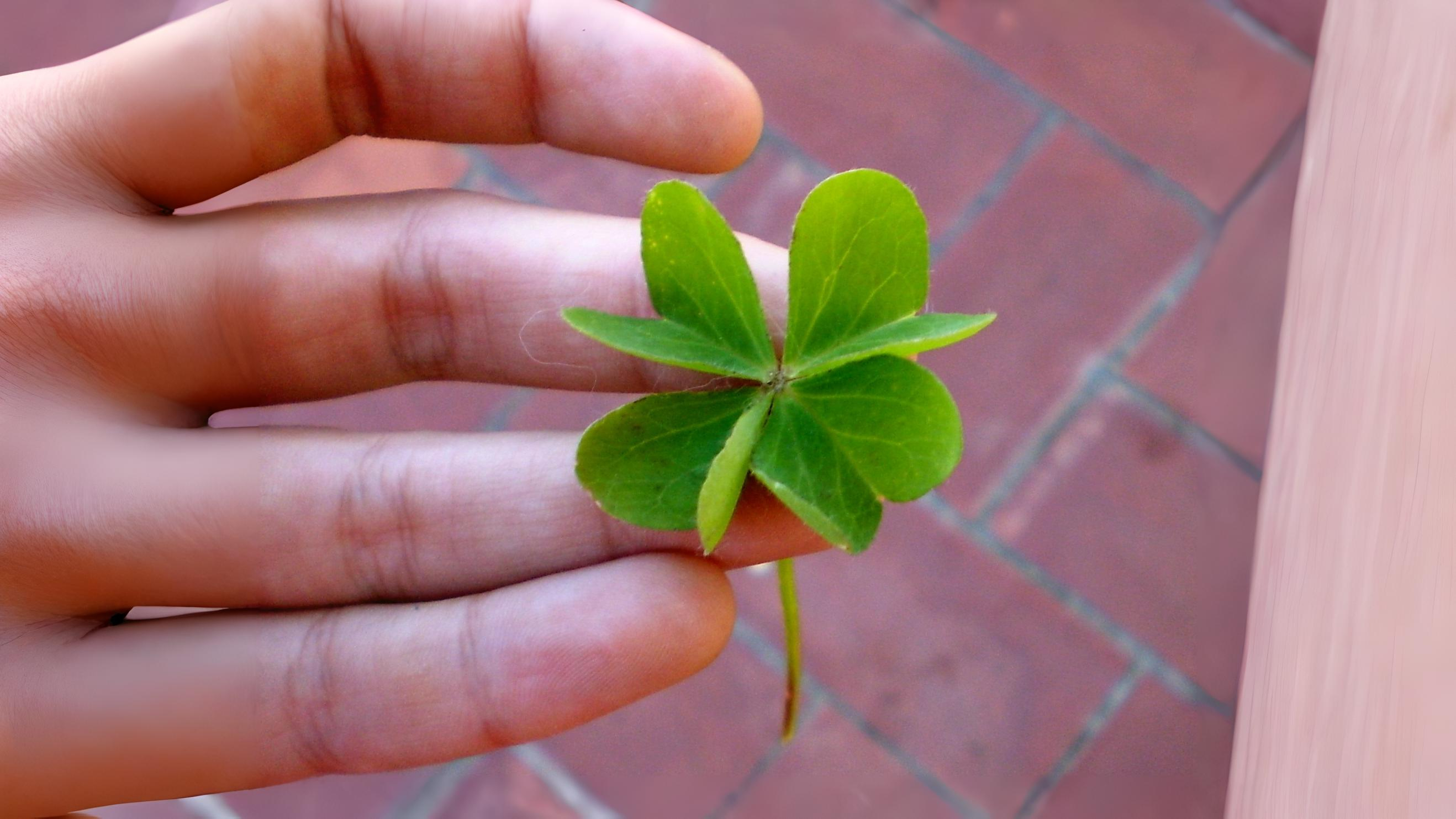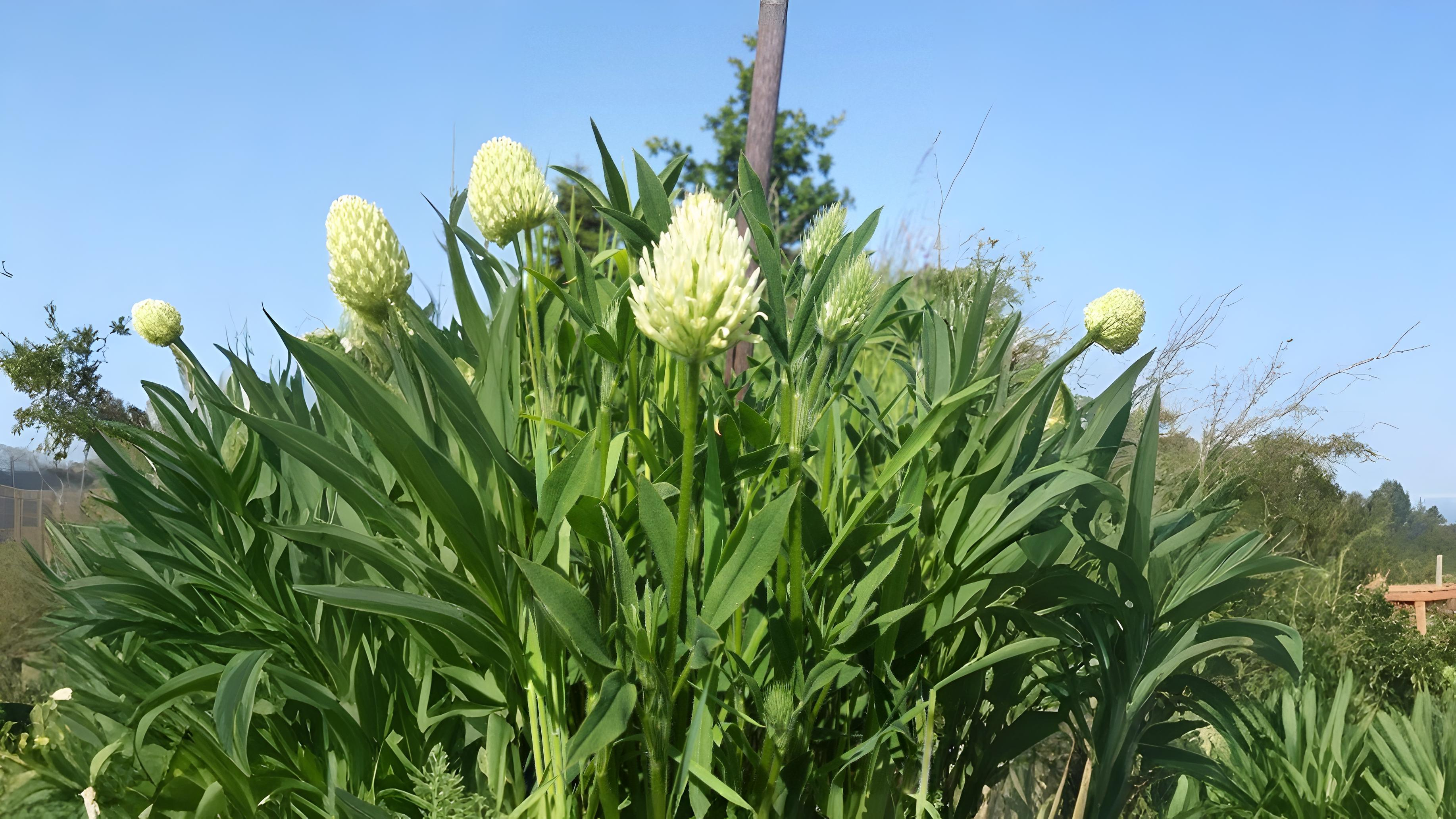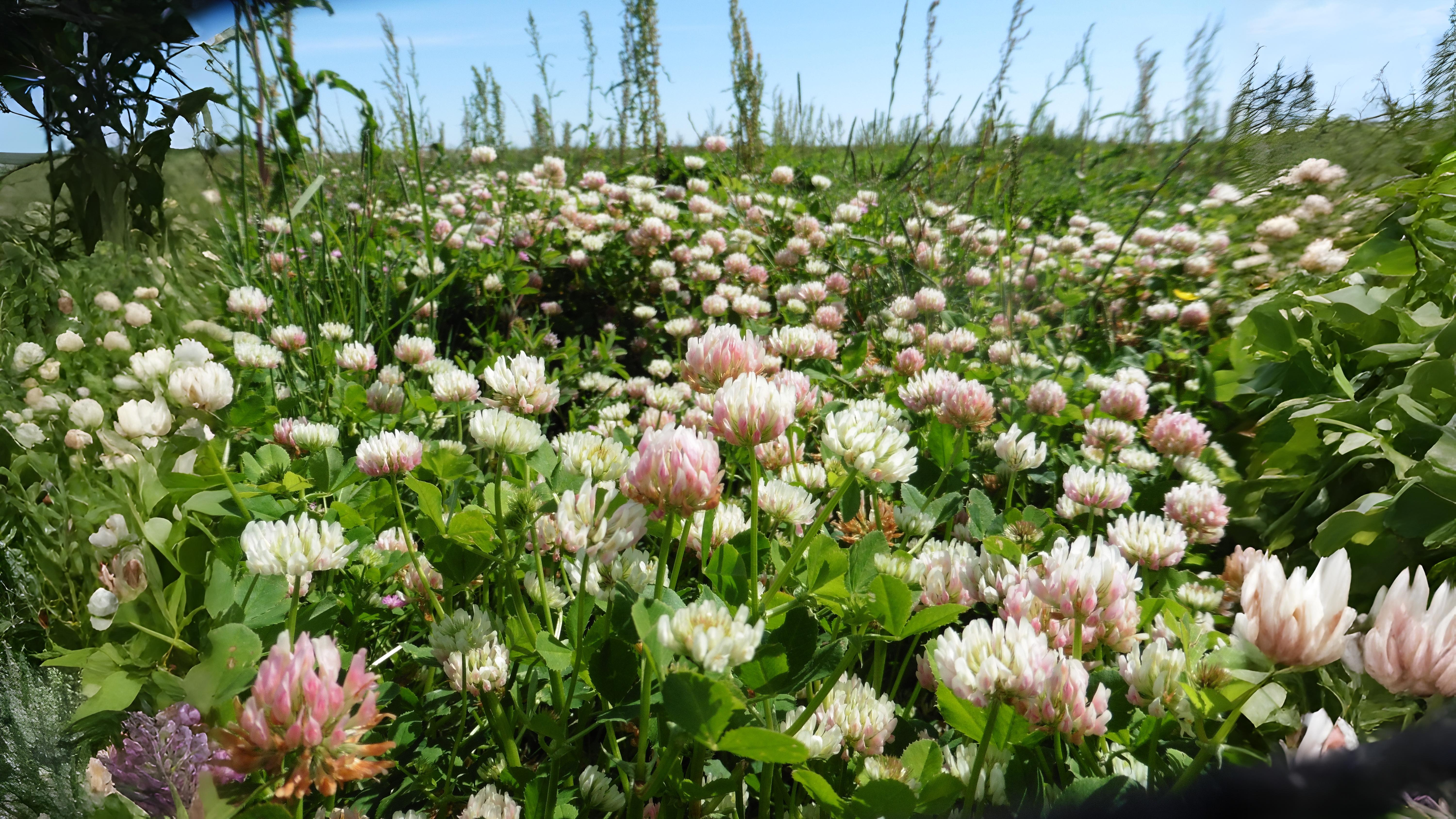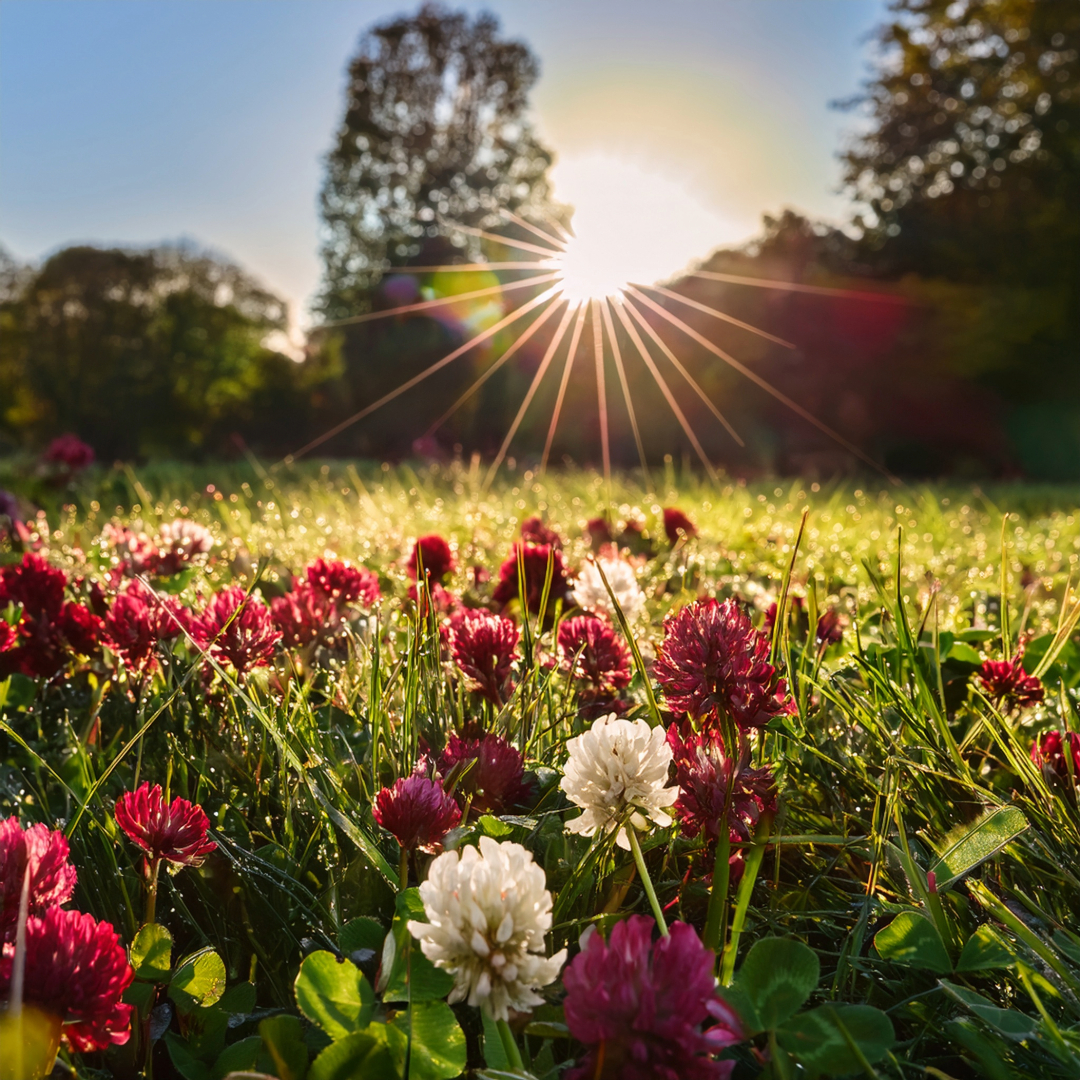
Return on 08 July to uncover the folklore and forgotten science of London’s wild clovers!
“Trefoils, St John’s wort, vervain and dill
Hinder witches of their will.”
Sir Walter Scott
Trefoils or clovers in this case were thought in the past to have magical properties. A four-leaf clover was only believed to grow where a mare who had been a first foal delivered her own first foal. The extra leaf gave its owner a second sight, allowing him or her to see fairies. Few clovers were ever grand enough to be grown in gardens.
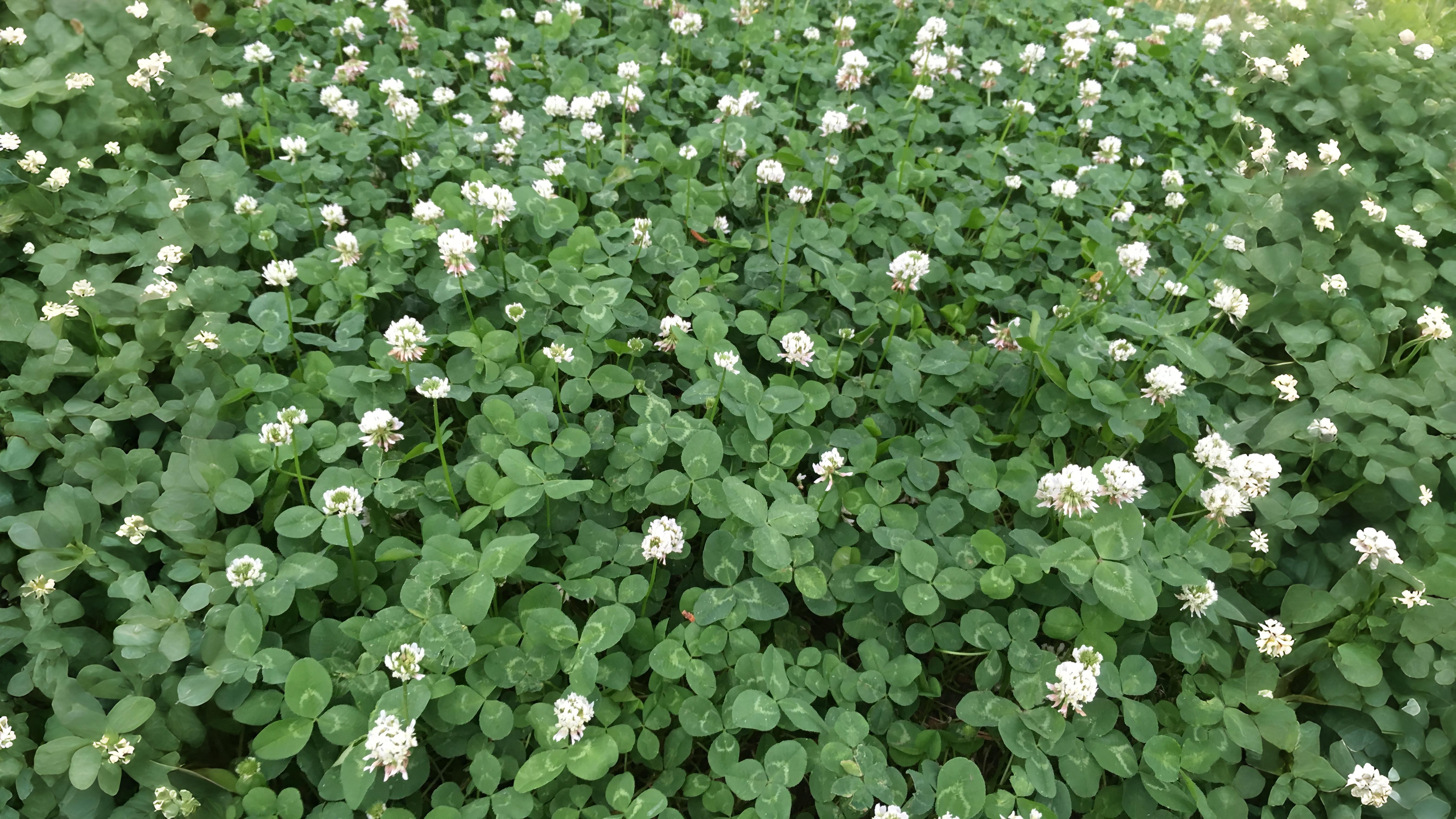

Long ago it was noticed they remained green at the end of summer when the rest of the landscape was burnt. It was the Dutch who realised their importance in the rotation of crops. White clover was grown every four years and then ploughed into the soil to enrich it. Root nodules on the plants are capable of fixing atmospheric nitrogen, effectively making their own fertiliser. This discovery led to huge amounts of seed being imported from Holland and white clover getting its alternative name of Dutch clover.
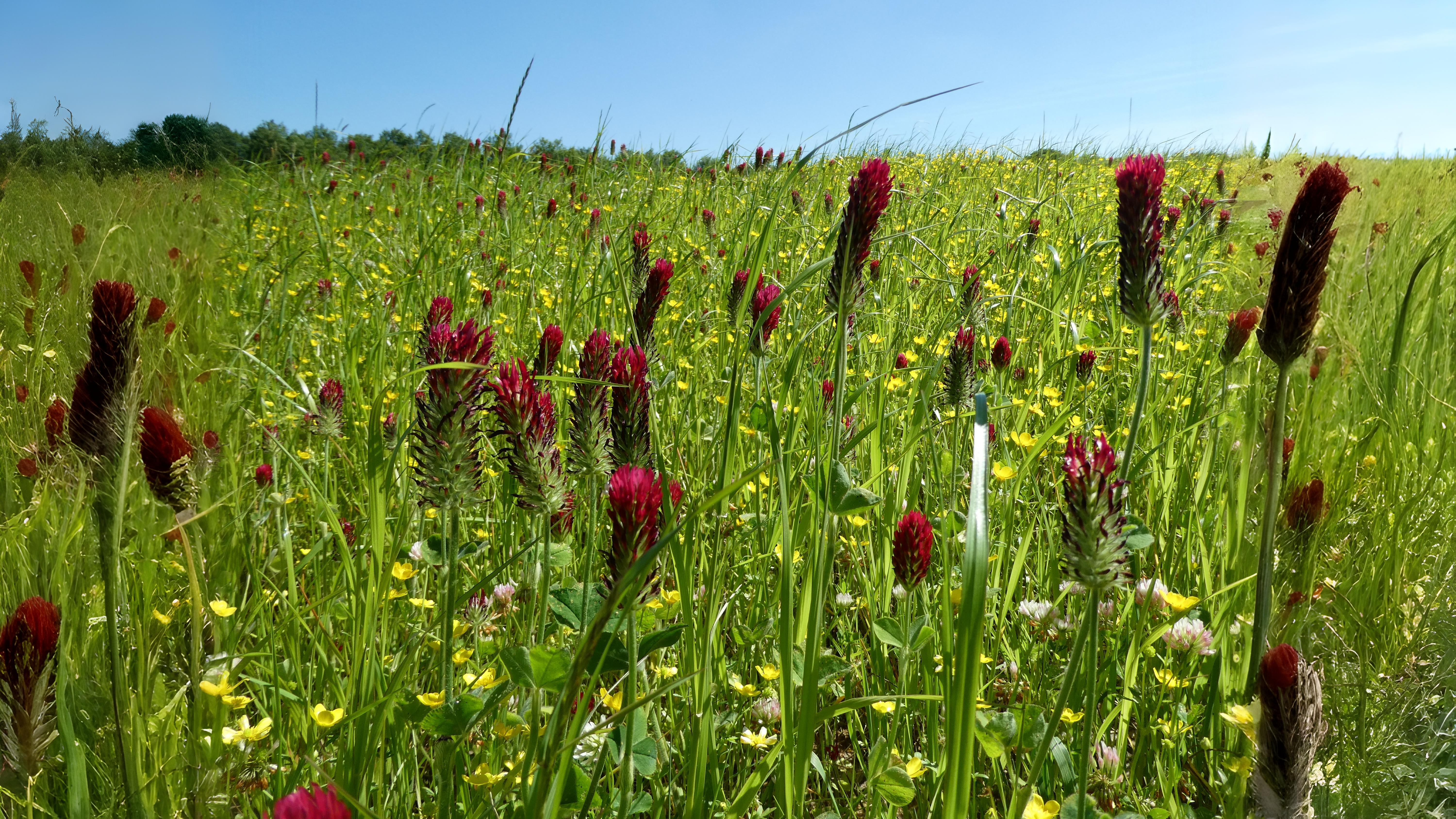

July is a good time to look for them as most are in flower, with the notable exception of suffocated clover T. suffocatum which flowered earlier in the spring. It gets its name from the way in which its tiny, white flowers seem suffocated by their green sepals.
